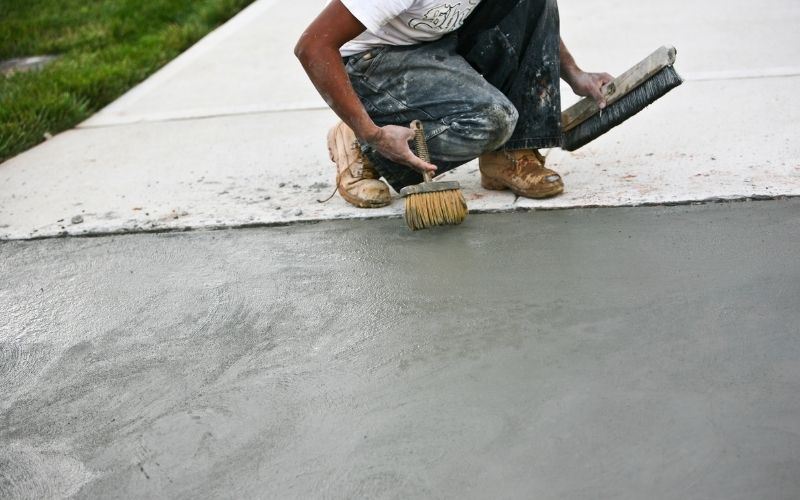Imagine waking up every morning to shovel snow from your driveway. When you have the asphalt or concrete driveway, you enjoy the convenience, but that is short-lived. When winter arrives, you have to make do with layers of snow and ice covering your pavement. Thus, you have to take steps to recover its full use and minimized the slippery hazards to prevent accidents and avert possible lawsuits that could follow should a visitor get injured in your compound.

A perfect way of keeping your driveway free of snow during the winter season is by installing a heated driveway system before the beginning of winter. The snow-melt system ensures a snow-free drive.
How does a driveway heating system work?’
This system works on the simple principle of creating heat under the concrete surface that warms the surface above the freezing point.
That’s enough to melt the ice that forms.
There are two driveway heating systems; one that uses electric elements and there other uses water pipes.
The snow melting solutions rely on mats and coils laid beneath the driveway surface. Electric heaters are easier to install; they heat faster and are incredibly reliable. On the other hand, the hydronic systems use a combination of water and antifreeze and prefer those sensitive to the amount of electric power consumed. The two systems require sensors that detect moisture levels and temperature and a way of producing heat.
Electric driveway heating system
The radiant heat mats melt the ice and prevent the buildup of the snow. Heating cables are laid out on the driveway bedding layer. The wires are attached to a reliable power source, which could be your house’s main power box.
An electric system has advantages over a hydronic one. For a starter, they are easy to install, and not much investment is needed. The electric driveway heating system heats takes less time to warm up compared to the hydronic one. Their response time also is faster.
The only serious undoing with this system is that its high consumption of electricity. The basic installation may not have enough excess electricity to heat the system, and therefore you’ll need to install a secondary source or use a capacity expansion.
The hydronic driveway system
Here you place a closed system of plastic tubing under the surface of the driveway. The boiler pumps water and antifreeze through the tubing to melt the snow. The cost of operation of the hydronic system is what appeals to many homeowners. Unlike the electric system, here you choose your source of power, which gives you the option of selecting the most affordable fuel in your area; natural gas, propane, or oil.
Other than the installation cost, the hydronic driveway heating system cannot be installed on an existing driveway and is therefore only applicable when constructing your driveway. Again, with time, the tubes are corroded, and that can be costly.
When choosing the driveway heating system for your home, you must think of the much you can afford to install the system, but most importantly, maintenance cost is what counts. If Electric power is cheaper for you, then go for it but if fuel is what you’re comfortable with, choose the hydronic system. Choose an installation company with experience in both systems, so they will advise on which works best for your situation.